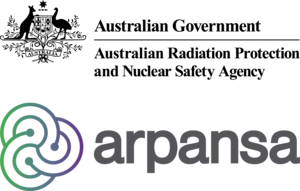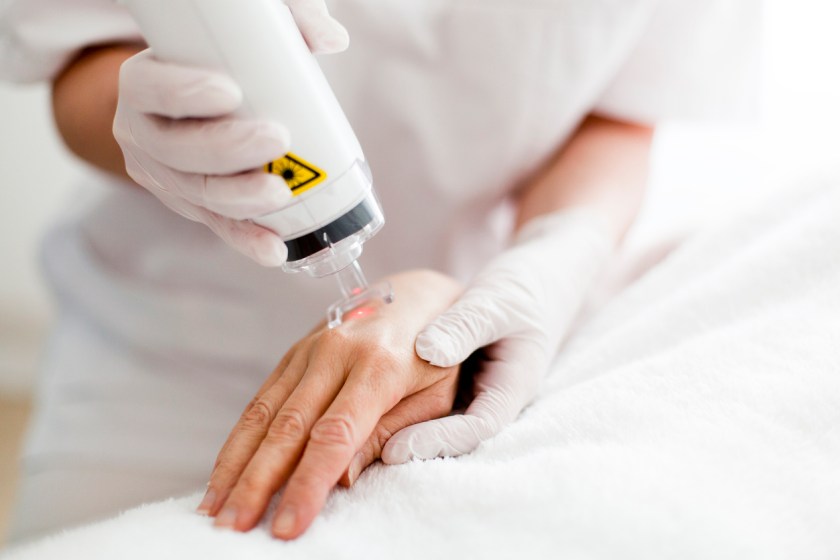Navigating industry standards and regulations for Laser and IPL users nation-wide.
The aesthetics industry faces a concerning trend of recurring clinical negligence within Australia, and more specifically, in the area of Laser treatments. It is crucial for practitioners and business owners to reassess and strengthen their operational protocols to maintain high standards of care and prevent adverse outcomes to reflect best practice.
Surprising Sources of Risk
Contrary to expectations, the incidents are not limited to less qualified practitioners. Many professionals hold extensive qualifications, utilise reputable equipment, and have received advanced training. Despite this, the frequency of injuries still remains troublingly high.
Key Areas of Concern
Inadequate Consent Form Procedures
Often, clients are asked to sign consultation and consent forms without sufficient explanation or a practitioner present to address their questions. It’s required as a part of informed consent ‘best practice’ to discuss potential risks and treatment expectations with clients.
Inconsistent Documentation
A frequent problem is the improper documentation on client files, such as using the same laser settings across all treatment areas regardless of varying sun exposure and skin types. Clients should be reassessed at each visit to ensure settings are appropriate, especially if visits span different seasons or significant time periods. Changes in a client’s health, sun exposure, or medications can affect their treatment response, necessitating adjustments for parameters.
Insurance Gaps
One notable issue is the lack of adequate medical malpractice insurance, even among larger or multi-site clinic owners. Ensuring your insurance is up-to-date and provides sufficient coverage for both liability and indemnity is essential.
Improving Consultation Processes
Regularly updating consultation forms to capture new information is vital. Many existing forms are outdated, failing to reflect recent advancements in technology and changes in client health trends, such as post-COVID-19 inflammation and immune system variability.
Reporting Adverse Reactions
A lack of proper reporting protocols for adverse reactions is another critical issue. Clients experiencing severe reactions, such as burns or scarring, sometimes receive inadequate follow-up care. Practitioners should work closely with medical professionals to ensure clients receive appropriate treatment for any injuries.
Do You Need a License for Cosmetic Laser or IPL Treatments?
According to the Australian Radiation Protection and Nuclear Safety Agency (ARPANSA), in Australia, the regulations governing the use of lasers, IPLs (Intense Pulsed Light), and LED phototherapy in cosmetic treatments vary by state and territory.

There are no nationwide uniform laws. Instead, each jurisdiction sets its own requirements.
- Tasmania, Queensland, and Western Australia: The use of lasers for cosmetic purposes is regulated. Practitioners must comply with specific licensing requirements defined by the local regulator.
- Tasmania: The use of IPL devices for cosmetic purposes is also regulated.
- Other States and Territories: No specific licensing is required for performing light-based cosmetic treatments, including LED phototherapy, which is not regulated anywhere in Australia.
Each regulated state or territory has its own process for defining licensing requirements and assessing applications. In contrast, practitioners in unregulated areas are not subject to these specific oversight and licensing protocols.
Best Practice Recommendations for Practitioners
- Thorough Consultations: Conduct comprehensive consultations to identify potential risks, including allergies, inflammation, and immune system issues. This also includes patch testing.
- Detailed Instructions: Provide clear pre- and post-treatment instructions, emphasising the importance of sun protection.
- Follow-Up Care: Check in with clients within 24-48 hours after treatment to address any concerns and ensure their well-being.
- Pain Management: Do not ignore reports of pain during treatment; it could indicate incorrect settings that need adjustment.
- Precise Documentation: Review each client’s health and sun exposure before every session, rather than relying on previous settings.
- Refresher Training: Just like healthcare practitioners refresh their First Aid and CPR training yearly, it is imperative for Laser therapists to regularly refresh their Laser safety training, with recommendations of every 1-2 years.
By rigorously following these best practices, practitioners can enhance safety, build client trust, and protect their professional reputation. Being thorough and attentive to detail is essential in preventing the traumatic outcomes associated with laser treatments.
Read the latest issue of SPA+CLINIC below:
There are 5 ways you can catch up with SPA+CLINIC
- Our quarterly print magazine, delivered to your door. Subscribe here.
- Our website, which is updated daily with its own completely unique content and breaking news.
- Our weekly newsletter – free to your inbox! Subscribe here.
- Our digital magazine – click here to view previous issues.
- Our social media – see daily updates on our Instagram, Facebook & Linkedin




